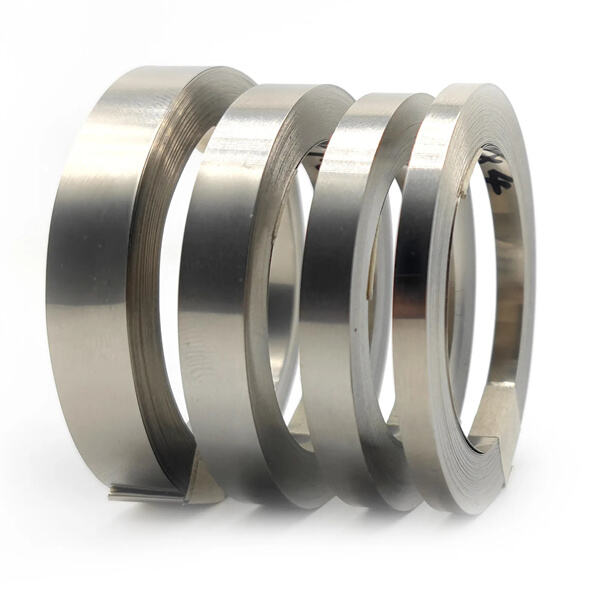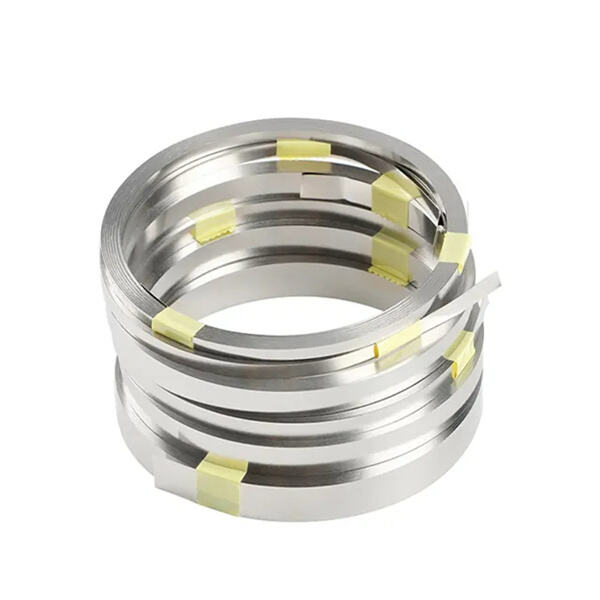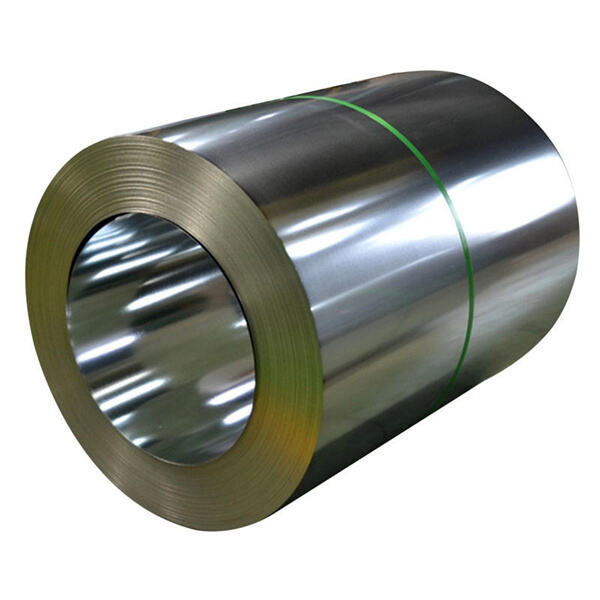Such minor implements are called resistance strips which are used in electronic circuit design. They regulate the flow of electricity and ensure devices function properly. It pure nickel welding wire will focus on how the resistance strips are beneficial for the devices, why is it crucial to install and maintain them, different types of resistance strips, and how to tackle issues related to industrial resistance strips
Resistance strips are the mini roads for electricity that make up electronic circuits. They impede the flow of electricity, which regulates how much power various device components receive. That matters because too much juice can damage electronic components. Engineers can use them as resistance strips to keep devices safe and efficient.
Resistance strips are useful because they ensure the right amount of electricity goes through a device, causing it to work as it is intended. This resistance nichrome wire prevents devices from overheating and allows them to perform at their best. For instance, in a light bulb, the resistance strips determine how much current goes to the filament, it glows brightly without burning out too quickly. Resistance strips help devices to deliver better and last longer

Resistance strips are crucial for the operation of electronic devices; their installation and care are significant. Improper installation of the resistance strips is another potential issue that can result in failure or damage of the devices. Do not forget to check and maintain the nichrome alloy wire resistance strips regularly as well. With care, devices can continue to function seamlessly and safely.

There are different resistance strips, and each kind of strip comes with his own characteristics and applications. Some are constructed of carbon or metal, and some are out of special blended metals. They nichrome bar are suitable for varying tasks, such as regulating voltage or managing current flow. Engineers choose the proper type according to what the device requires.

On the other hand, in factories, resistance strips may be exposed to tough environmental conditions, such as extreme heat or cold, humidity or vibrations. Such issues can impact the mig wire performance of resistance strips and devices in which they are used. In some cases, diagonal bracing systems require design and installation of resistance strips to overcome these issues. Resistance strips can maintain excellent performance in harsh environment by using a strong material and implementing adequate insulation.
The company has more than 22 years of industry experience, with an annual output of 1,200 tons of alloy materials. The production base covers an area of 12,000 square meters. It has stable large-scale production capacity and can efficiently meet customers' large-volume order needs.
With mature production technology and testing capabilities (such as component analysis, resistivity testing, etc.), we can flexibly customize product specifications to meet the personalized needs of customers in different industries and provide full-chain technical support from materials to finished products.
Control quality from the source, cooperate with high-quality suppliers for a long time, the purity of raw materials is more than 99.6%, and pass multiple tests such as spectral analysis and mechanical properties testing; the production process follows ISO 9001 standards, combined with real-time monitoring, non-destructive testing (X-ray, magnetic powder, etc.) and appearance inspection to ensure that the product qualification rate exceeds 99%.
The core products cover electric heating alloys, high-temperature alloys, special nickel-based welding wires, etc., with high temperature resistance, corrosion resistance and other characteristics, widely used in chemical, petroleum, aerospace, nuclear energy and other high-end fields, providing customers with high reliability solutions.